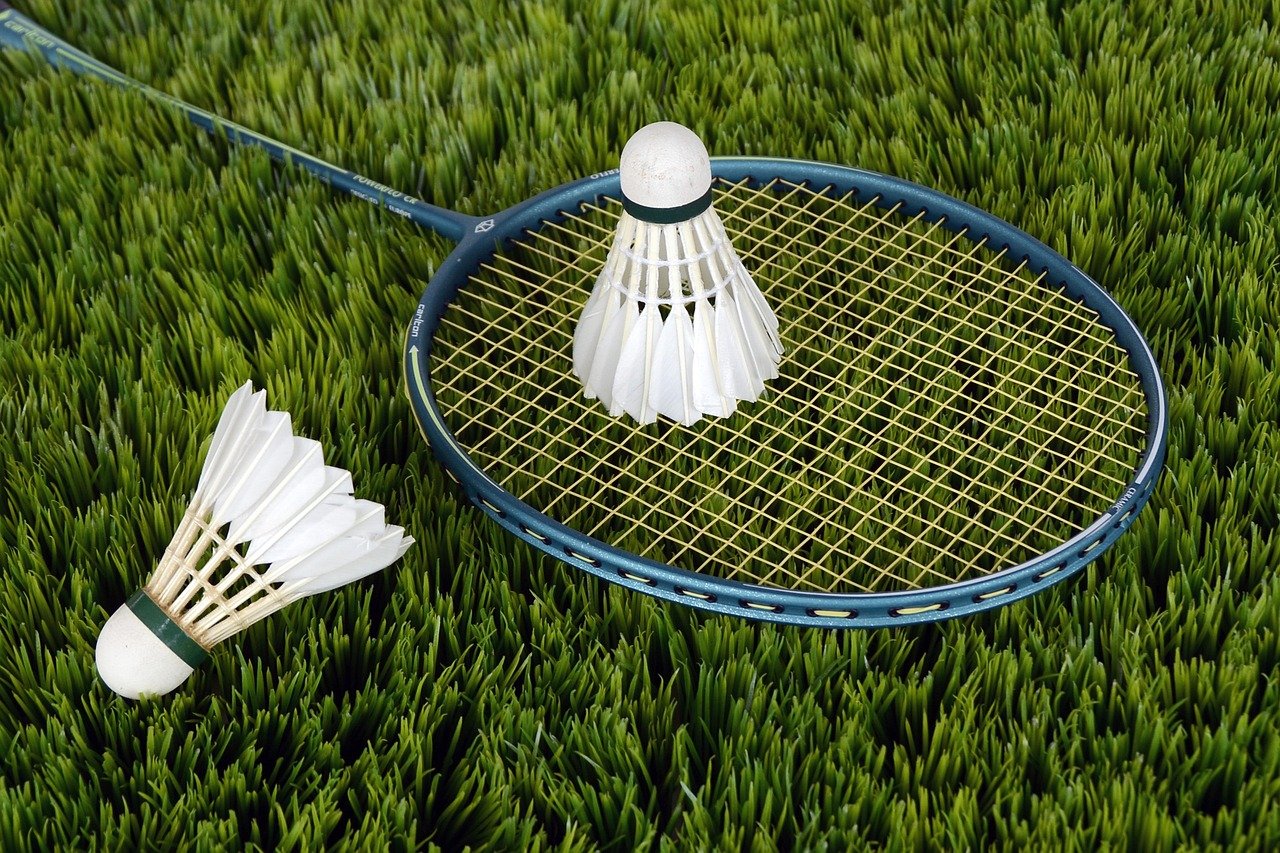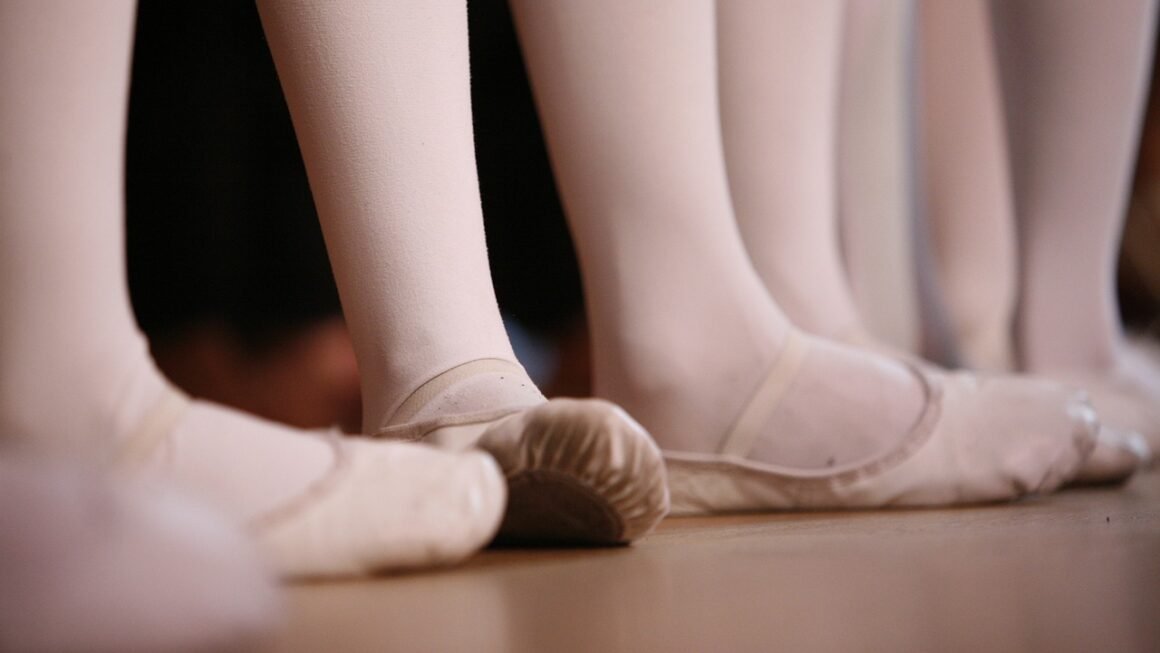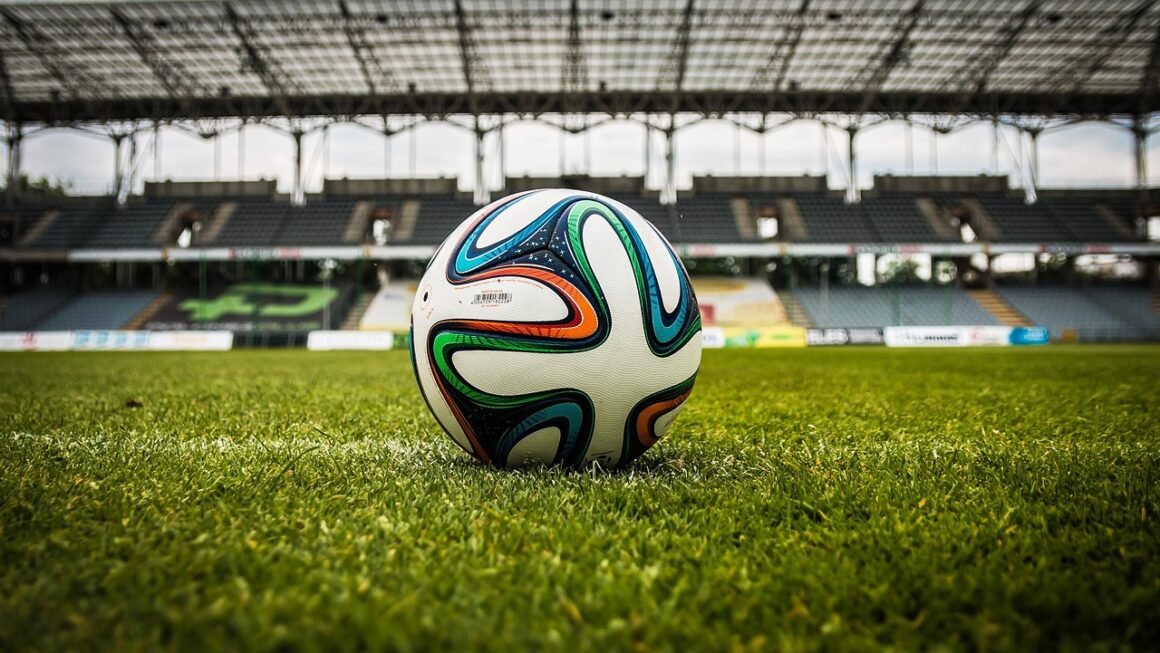Cheerleading. It’s more than just pom-poms and sidelines. It’s a demanding sport that combines athleticism, precision, teamwork, and unwavering spirit. From gravity-defying stunts to synchronized dance routines, cheerleaders dedicate countless hours honing their skills and pushing their limits. This blog post delves into the multifaceted world of cheerleading, exploring its various aspects, the physical and mental benefits, and what it truly means to be a part of this dynamic discipline.
The Evolution of Cheerleading
A Brief History
Cheerleading’s roots trace back to the late 19th century at Princeton University, where it began as an all-male activity. Originally intended to coordinate crowd support for football games, it quickly evolved. Johnny Campbell is credited as being the very first cheerleader in 1898. It wasn’t until the 1920s that women began to participate, and by the 1940s, they had largely taken over the sport. The sport continued to evolve adding more dance and gymnastics elements over the next decades.
Modern Cheerleading: A Sport in Its Own Right
Today, cheerleading is recognized as a sport that demands exceptional strength, agility, and coordination. Competitive cheerleading has grown exponentially, with teams at all levels – from youth leagues to collegiate and professional squads – competing in highly structured and judged routines. These routines typically include tumbling, stunting, jumps, and dance elements, all executed with precision and flair. ESPN started covering cheerleading in the early 1980’s further solidifying cheerleading’s place in the sports world.
Different Types of Cheerleading
- School Cheerleading: Focusing on supporting school sports teams and fostering school spirit.
- All-Star Cheerleading: Competitive cheerleading done outside of a school setting, often with more advanced skills.
- Collegiate Cheerleading: Cheerleading at the college level, which can be both performance-based (supporting sports teams) and competitive.
- Professional Cheerleading: Cheerleading for professional sports teams, such as NFL and NBA.
The Physical Demands of Cheerleading
Strength and Conditioning
Cheerleading is a physically demanding sport that requires significant strength and conditioning. Cheerleaders must develop core strength for stunting and tumbling, leg strength for jumps and landings, and upper body strength for lifting and supporting teammates.
- Strength Training: Essential for building the muscles needed for stunts and tumbling. Exercises like squats, lunges, push-ups, and pull-ups are fundamental.
- Cardio: Crucial for endurance, allowing cheerleaders to perform high-energy routines without fatigue. Running, jumping jacks, and burpees are common cardio exercises.
- Flexibility: Important for preventing injuries and executing jumps and tumbling skills. Stretching and yoga are often incorporated into training routines.
Stunting: Precision and Trust
Stunting is perhaps the most visually striking aspect of cheerleading, involving flyers being lifted and supported by bases and spotters. This requires immense trust and precise technique.
- Bases: The foundation of the stunt, responsible for lifting and supporting the flyer. Strength and stability are crucial.
- Flyers: The athletes who are lifted into the air, requiring excellent balance, flexibility, and body control.
- Spotters: Crucial for safety, responsible for preventing falls and injuries during stunts. They must be attentive and quick to react.
Tumbling: Grace and Power
Tumbling involves acrobatic skills like handsprings, tucks, and layouts. These skills require both power and grace.
- Basic Tumbling: Starting with foundational skills like cartwheels and round-offs before progressing to more advanced techniques.
- Advanced Tumbling: Incorporating skills like back handsprings, tucks, and layouts, often performed in a series.
- Tumbling Safety: Proper coaching and spotting are essential to prevent injuries while tumbling.
The Mental and Social Benefits of Cheerleading
Teamwork and Leadership
Cheerleading fosters a strong sense of teamwork and develops leadership skills. Cheerleaders learn to rely on each other, communicate effectively, and work together to achieve a common goal.
- Collaboration: Cheerleaders must work together seamlessly to execute routines effectively.
- Communication: Clear and concise communication is essential for stunting and tumbling safety.
- Leadership: Experienced cheerleaders often take on leadership roles, guiding and mentoring younger team members.
Building Confidence and Self-Esteem
Cheerleading can significantly boost confidence and self-esteem. As cheerleaders master new skills and perform in front of crowds, they develop a sense of accomplishment and pride.
- Overcoming Challenges: Mastering difficult stunts and tumbling skills builds resilience and determination.
- Performing in Front of Crowds: Public performances help cheerleaders become more comfortable and confident in themselves.
- Positive Body Image: Cheerleading promotes a healthy lifestyle and encourages athletes to appreciate their physical abilities.
Time Management and Discipline
Balancing cheerleading with school, work, and other commitments requires excellent time management and discipline.
- Scheduling: Learning to prioritize tasks and manage time effectively.
- Commitment: Cheerleaders must be dedicated and committed to their team and training schedule.
- Responsibility: Taking ownership of their role and contributing to the team’s success.
Cheerleading Safety: Prioritizing Well-being
Qualified Coaching and Spotting
Proper coaching and spotting are paramount for cheerleading safety. Coaches should be certified and experienced in teaching safe techniques.
- Certified Coaches: Ensuring that coaches have the necessary training and knowledge to teach cheerleading skills safely.
- Spotting Techniques: Learning proper spotting techniques to prevent falls and injuries during stunts and tumbling.
- Progressive Skill Development: Gradually introducing new skills to avoid overwhelming athletes and increasing the risk of injury.
Proper Equipment and Facilities
Using appropriate equipment and facilities is essential for creating a safe training environment.
- Mats and Padding: Providing cushioning for landings and reducing the impact of falls.
- Secure Stunting Surfaces: Ensuring that stunting surfaces are stable and non-slip.
- Well-Maintained Equipment: Regularly inspecting and maintaining equipment to prevent accidents.
Injury Prevention and Management
Implementing injury prevention strategies and having a plan for managing injuries is crucial.
- Warm-Up and Cool-Down: Preparing the body for activity and preventing muscle soreness.
- Stretching: Improving flexibility and range of motion.
- Hydration and Nutrition: Maintaining proper hydration and nutrition to support physical performance and recovery.
- First Aid Training: Having team members trained in first aid and CPR.
Conclusion
Cheerleading is a dynamic and challenging sport that offers numerous physical, mental, and social benefits. From building strength and agility to fostering teamwork and leadership skills, cheerleading provides athletes with a well-rounded experience that extends far beyond the sidelines. By prioritizing safety, promoting positive coaching, and encouraging dedication, cheerleading can empower individuals to reach their full potential, both on and off the mat. Whether you are a seasoned cheerleader or simply curious about the sport, understanding the complexities and dedication involved can foster a greater appreciation for this incredible activity.



